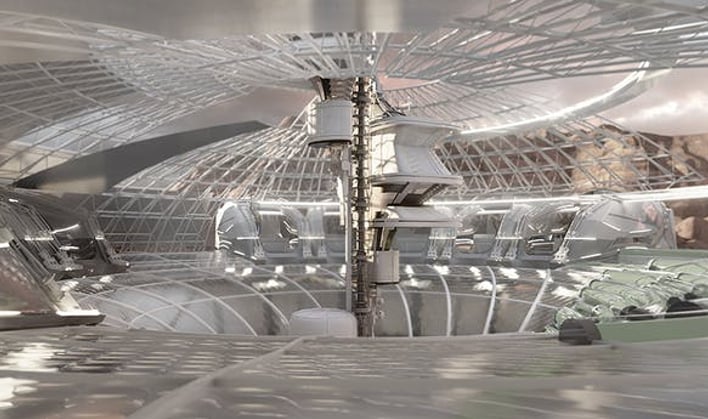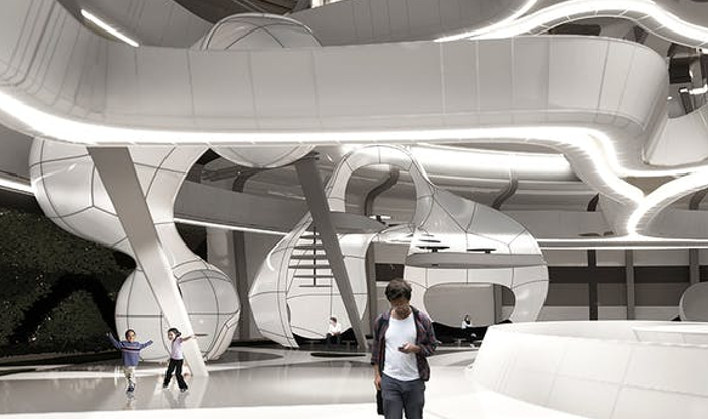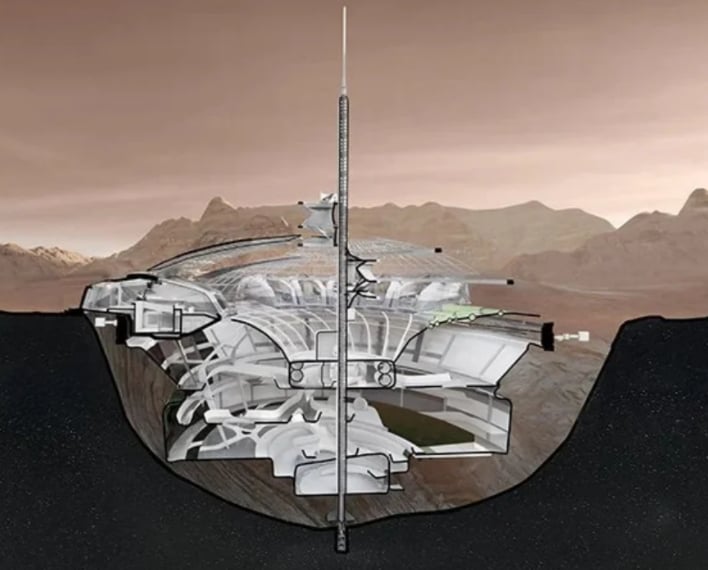This Martian Colony Concept Depicts What Off-Planet Living With Elon Might Be Like
Humans have gazed toward the heavens for quite some time, with the thought of one day inhabiting a distant planet. The issue in the past has always been the lack of technology to make it possible, but that has all changed in the last decade or so. NASA and commercial companies, such as SpaceX and Blue Origin, are working toward making extraterrestrial inhabitation a reality in the coming decades. NASA's Artemis missions look to put human boots back on the surface of the Moon, with the intention of building a base station in order to serve as a mid-point for future manned missions to Mars. The fact we are approaching an age where a Martian colony is actually even feasible, has inspired people to design what they envision those future colonies to look like.
Genesis V.2 is a extraterrestrial concept designed by architects Burak Celik, Naz Kaplan and Zeynep Ege Odabasi, and outlines what it could be like to live on Mars. The Genesis V.2 name was derived from the NASA Genesis mission that was searching for our cosmic origins. The team aimed to design a sustainable system that has the ability to adapt to the current and upcoming conditions on the red planet. The concept also takes into consideration new colonization scenarios, with its circular form that sits on the natural craters of Mars.



Zeynep Ege Odabasi, Design Lead for Genesis V.2, states, "Genesis V.2 thrives to reflect how our first steps into a new world should be: sustainable to establish a respectful relationship between us and the new home and adaptable to different scenarios humanity could face in this new home to achieve the maximum efficiency in expanding our community towards a brighter future."



